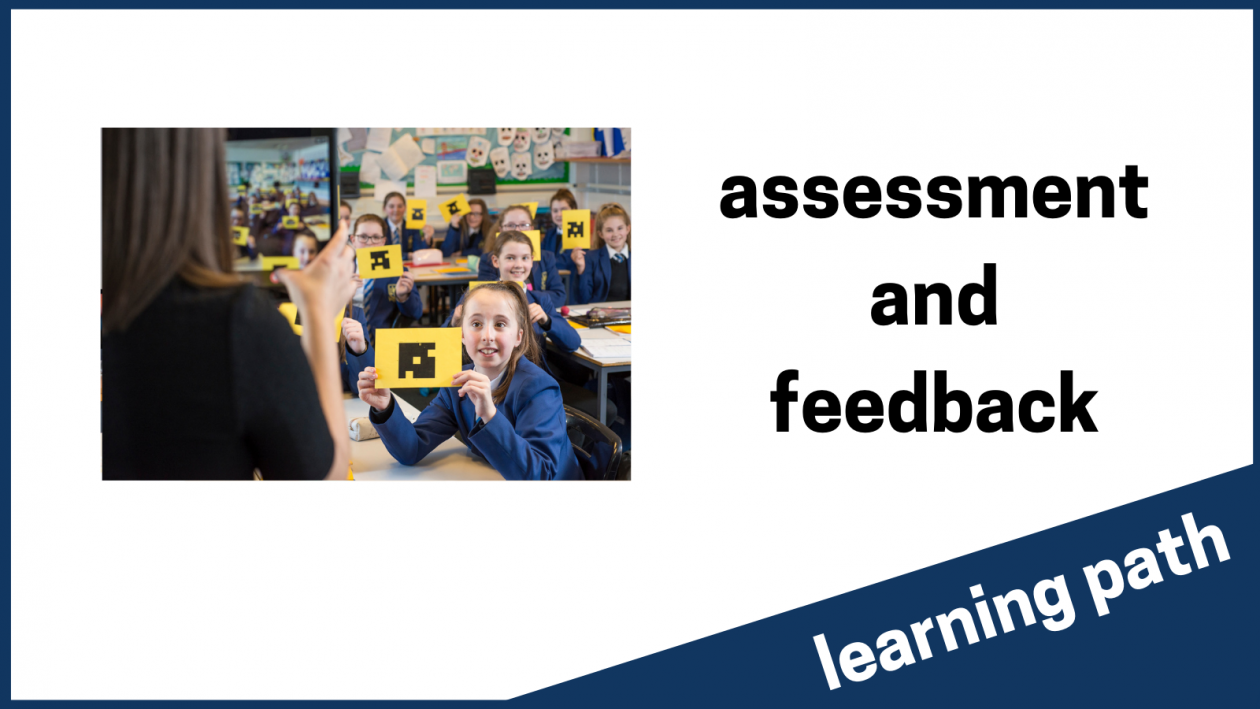The internet and interconnected devices play such an important part in all of our lives. Therefore, it’s more important than ever that we help our children and young people stay as safe and as secure as possible. Below are links to ideas for embedding CRIS across different areas of the curriculum, such as literacy, maths and health and wellbeing.















You must be logged in to post a comment.